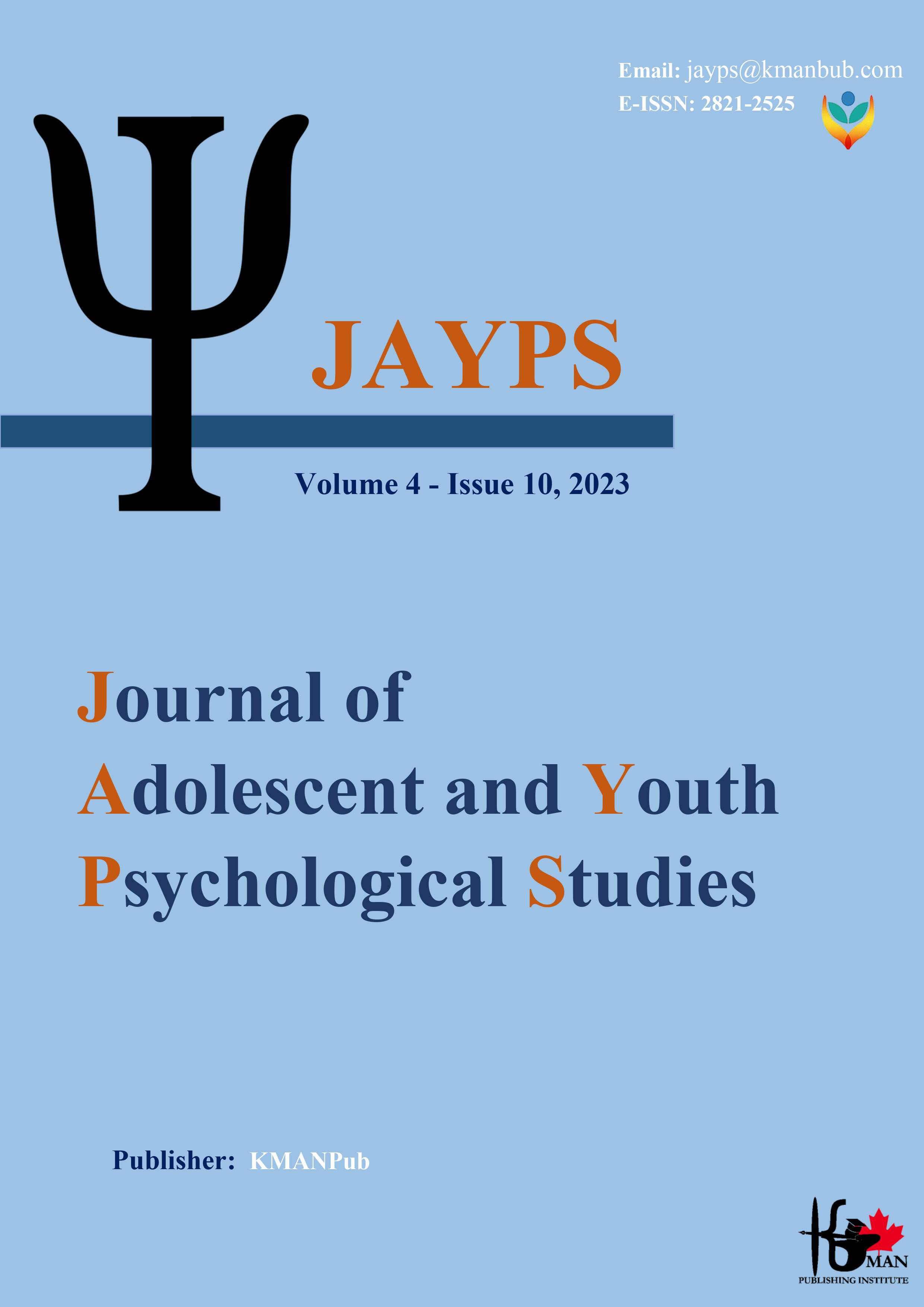Analyzing educational justice based on the dynamics of Payam Noor University students in Tehran province with a qualitative approach
Abstract
Background and Aim: The issue of justice has been widely studied by thinkers and researchers, but the discussion of justice in the field of education has not been widely investigated; Therefore, the general purpose of the current research was to examine the educational justice based on the dynamics of Payam Noor University students in Tehran province with a qualitative approach. Methods: The research method was qualitative. The statistical population of the research included (academic experts, faculty members, and university officials) in order to reach a consensus in the Delphi method, the sample size in the qualitative section was determined to be 17 people considering the saturation law. The data collection method was library method, and the measurement tool was semi-structured interview in the qualitative part. Determining the validity of the questionnaire in this research was done by two methods: 1. Form and 2. Content. In the form method, the questionnaire was given to a group of experts, and in the content method, the calculations related to the AVE and CR coefficients related to the validity of the questionnaire items were confirmed. The reliability coefficient was confirmed using Cronbach's alpha test. In order to analyze the data in the qualitative part, Delphi technique was used. Results: The findings showed that the effective factors on educational justice, which includes three dimensions (1-distributive justice, 2-interactive justice, 3-procedural justice), amount to 45% in the dynamics of students, which includes two dimensions (1- They are technology-oriented, 2-learner-oriented, they have an effective role. Conclusion: According to the results obtained, it was suggested that Payam Noor universities of Tehran province should act step by step and gradually according to a road map and a long-term strategic plan, and in order to implement it, it is necessary to develop an operational plan. has it. Having a paradigmatic approach with a local and regional perspective also helps to realize it.
Downloads
Downloads
Additional Files
Published
Submitted
Revised
Accepted
Issue
Section
License
Copyright (c) 2023 Maryam Mehrabani (Author); Kiomars Niaz Azeri (Corresponding Author); Maryam Taghvaee Yazdi (Author)

This work is licensed under a Creative Commons Attribution-NonCommercial 4.0 International License.









